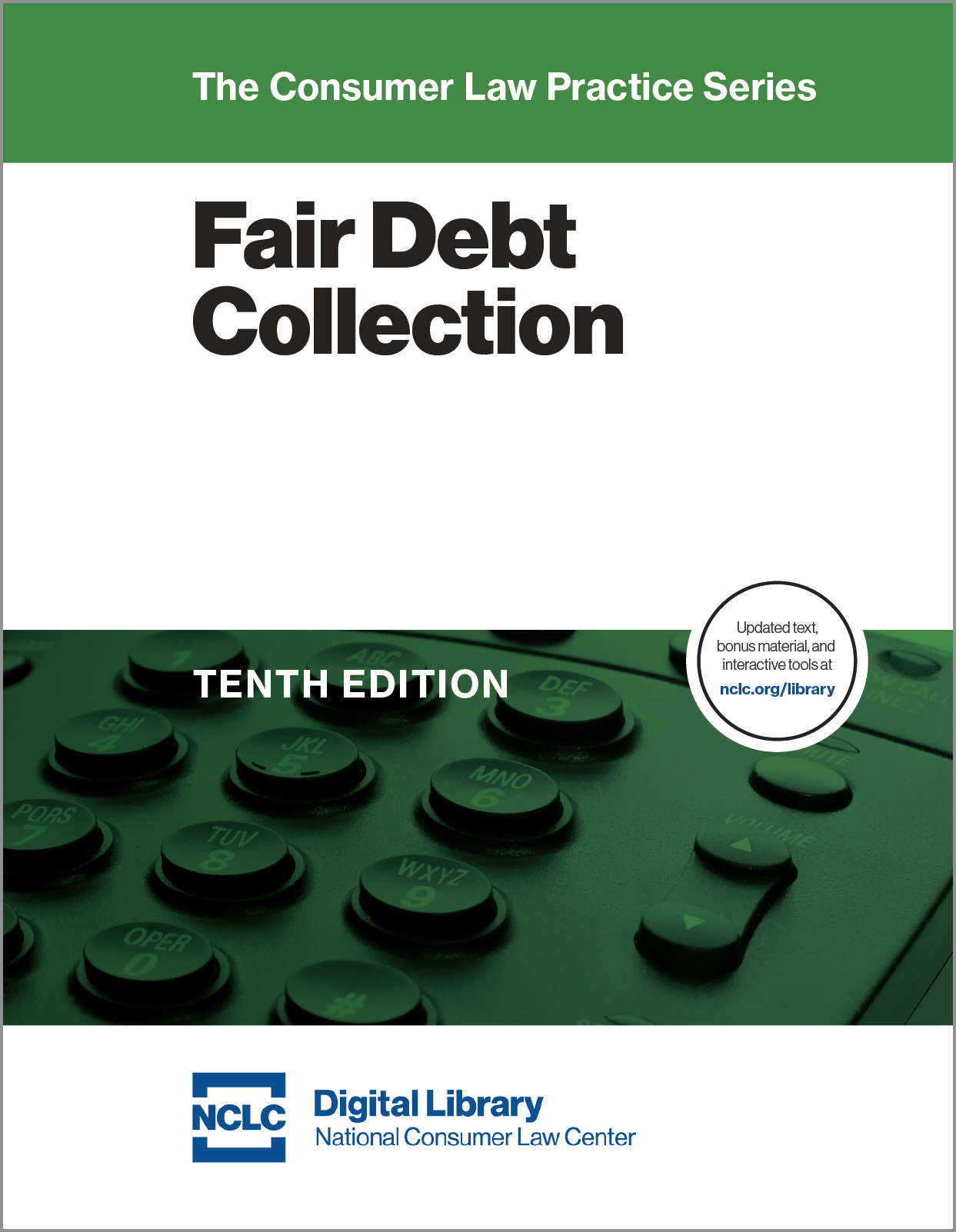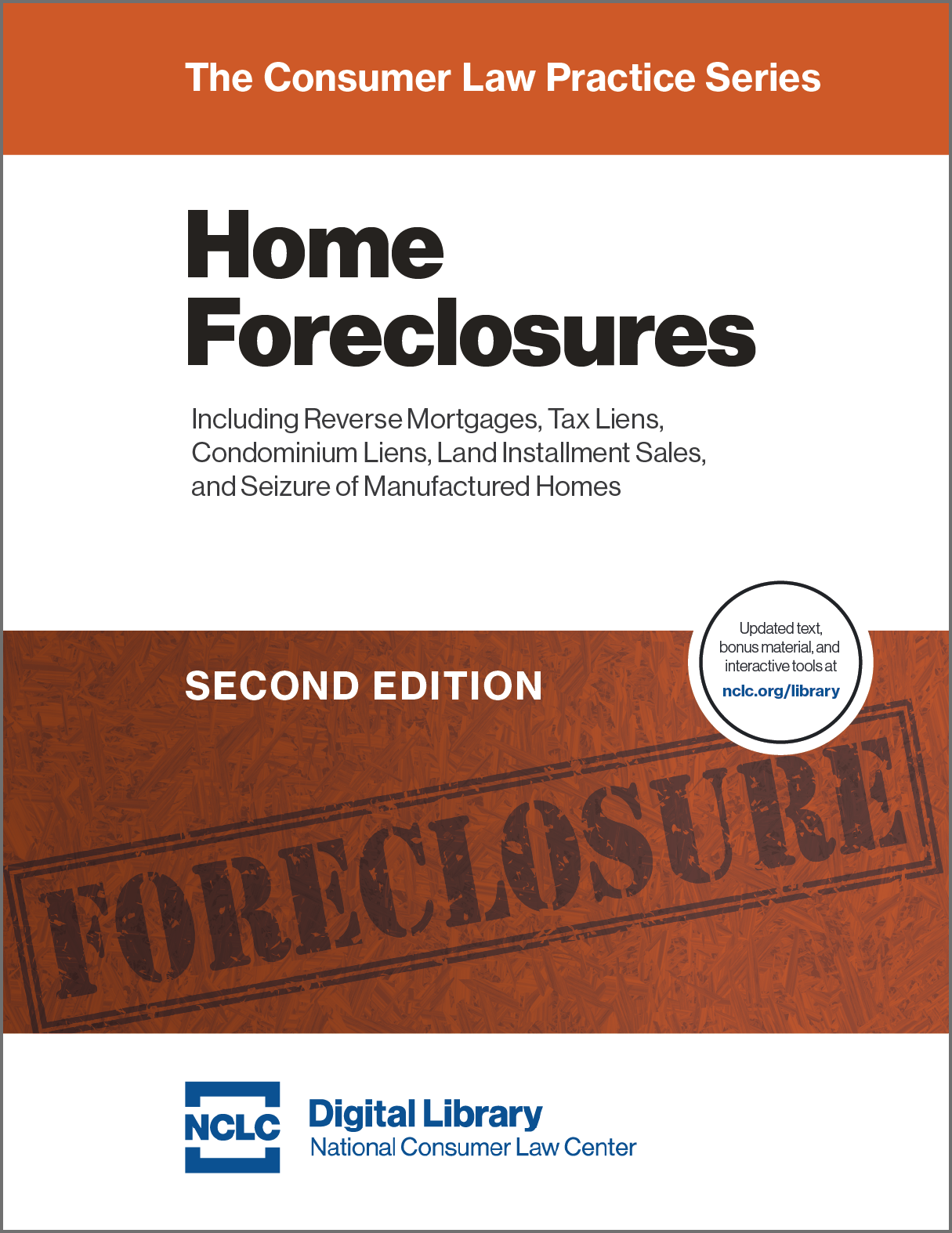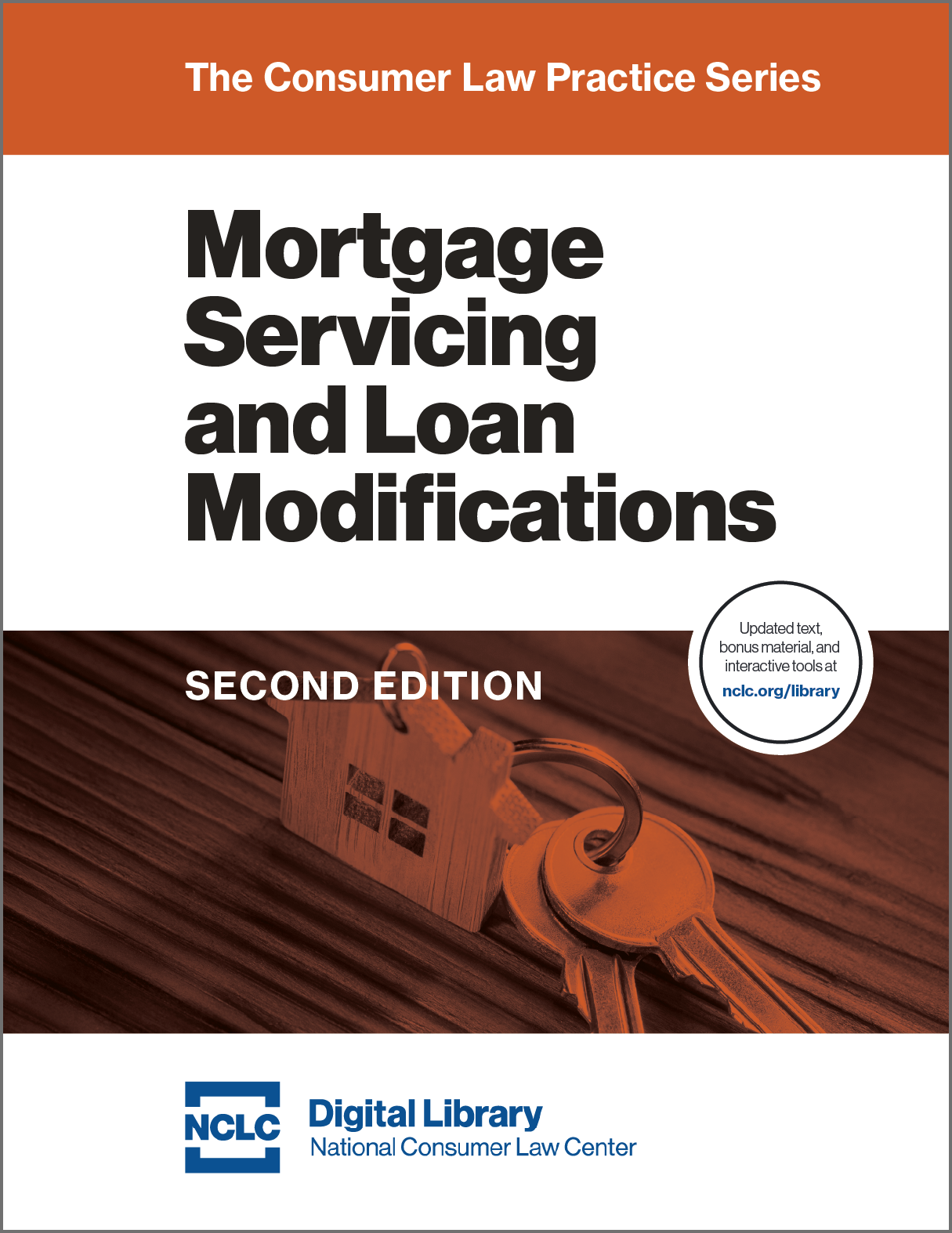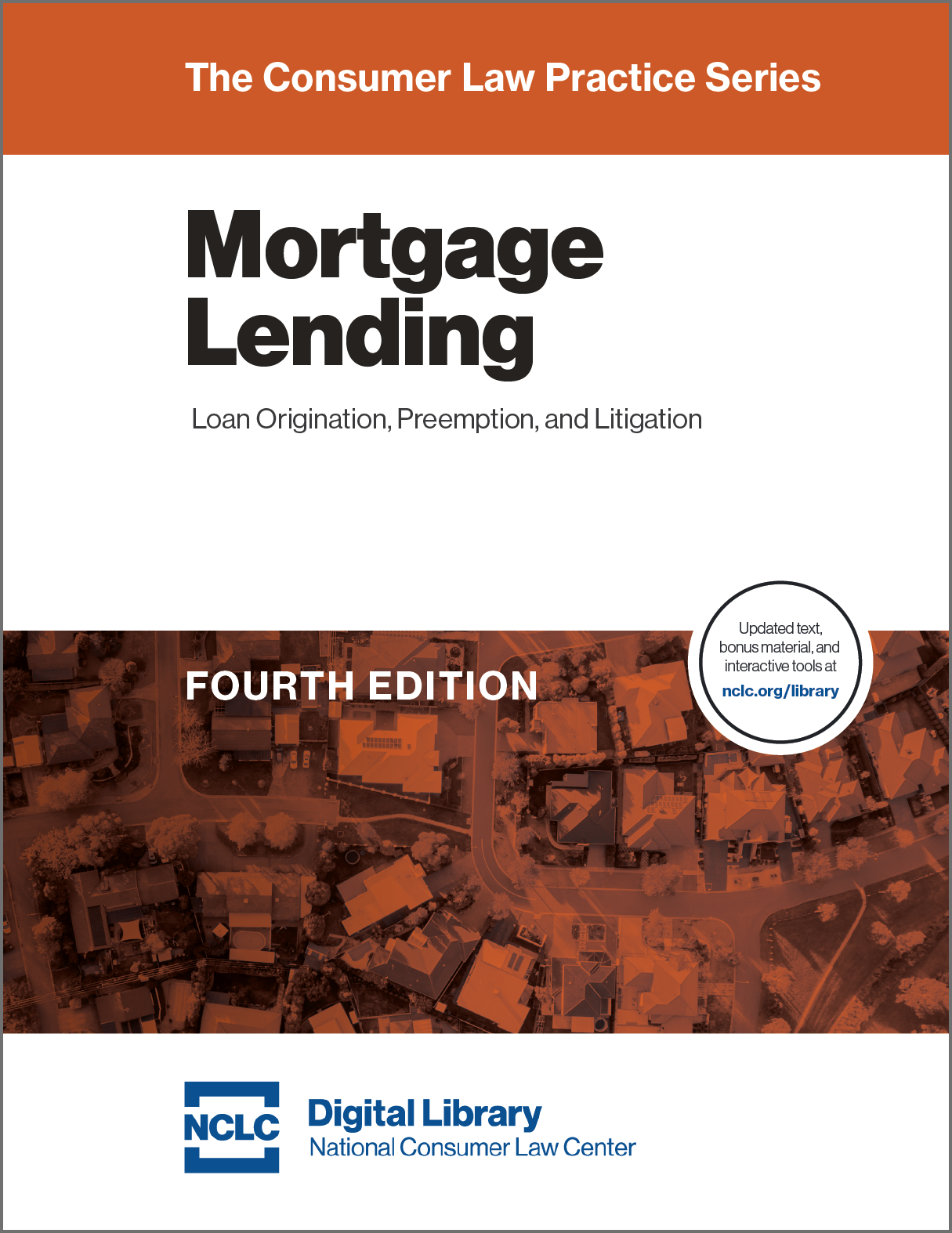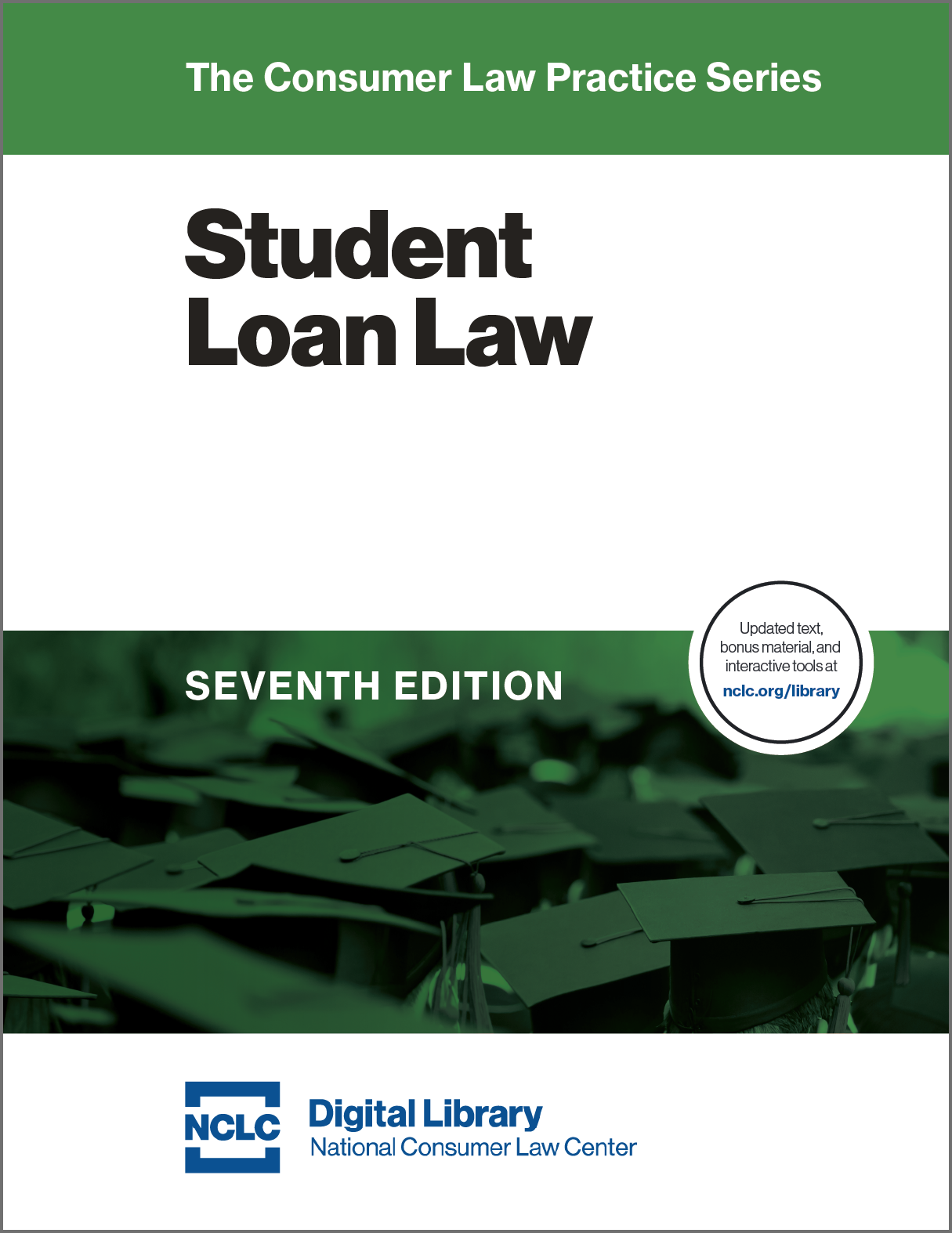Search
New July Student Loan Rule Amendments: What Changes and What Does Not
Bankruptcy’s Role in Alleviating Criminal Justice Debt
Unpaid criminal justice debt can have draconian consequences, and this article explains how a bankruptcy filing can sometimes be effective in reducing that debt. Although criminal fines and restitution orders are not dischargeable in bankruptcy, other portions of a filer’s criminal justice debt may be dischargeable. The article also links to several resources covering this topic: a free May 13 webinar, a recent report, and NCLC treatises.
Image
Twelve Dramatic Changes Offering Relief for Student Loan Borrowers
This article describes new major relief for student loan borrowers: $10,000 or $20,000 for millions of borrowers, and added relief for those in public service, in default, with disabilities, attending specific schools, with private loans, or with IDR plans. New loan servicers and no more private debt collectors. The article links to more detail and sets out steps borrowers should take now to make the most of the offered relief.
Advising Clients When an Abusive Partner Coerces Debt
This article provides practical tips for advising clients with debt incurred by an abusive partner through coercion and fraud—developing a safety plan, documenting the coerced debt, protecting bank accounts, dealing with unauthorized credit card use, preventing an abuser from opening new accounts in the victimized partner’s name, addressing coerced debt on a credit report, and dealing with home mortgages.
Holding Off Foreclosures While Homeowners Await Billions in HAF Payments
Only about half the states are now accepting homeowner applications for payments from the Homeowner Assistance Fund (HAF), and few funds so far have been distributed. At the same time, because of the end of many COVID-19 related homeowner protections, large numbers of homeowners may soon face foreclosure.
This article explains which homeowners are eligible for HAF payments and explores solutions for the urgent problem that many eligible homeowners may lose their homes before they are able to receive the HAF payments which would have saved their homes.
Image
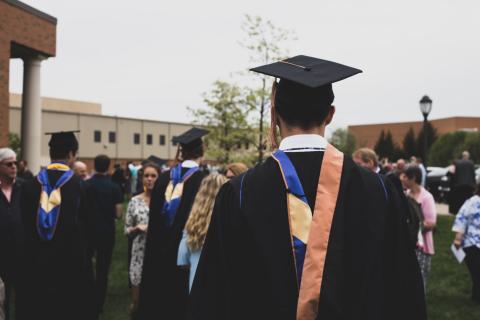
Student Loan Borrower Rights After the Supreme Court Ruling
Forty-five million borrowers are scrambling to figure out options for managing their federal student loans before repayments resume this fall. This article sets out new student loan rights: fresh starts for those in default; the SAVE repayment plan; lower interest charges; avoidance of school arbitration provisions; and easier paths to public service loan forgiveness, bankruptcy discharges, and five types of statutory loan cancellations.
Image
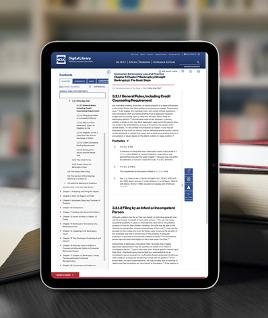
Our Five Favorite New Features on NCLC’s Revamped and Enhanced Digital Library
Here are our five favorite new features on the revamped NCLC Digital Library, giving you a faster, easier reading experience, letting you view extra content related to the page you are viewing, adding powerful new search options, offering at no charge over 1400 written submissions at NCLC conferences, and including free to the public 6000 chapter and appendix subsections.
Homeowner Tactics to Overcome Problems with Tangled Titles
A new NCLC Digital Library article sets out practical solutions to problems arising from a homeowner's death in dealing with mortgages, foreclosures, reverse mortgages, property taxes and tax sales, utilities, and relief after natural disasters. The advice focuses where a home’s title is tangled—the home is stuck in probate or families living in a home for generations have never properly transferred the home’s title.
Image
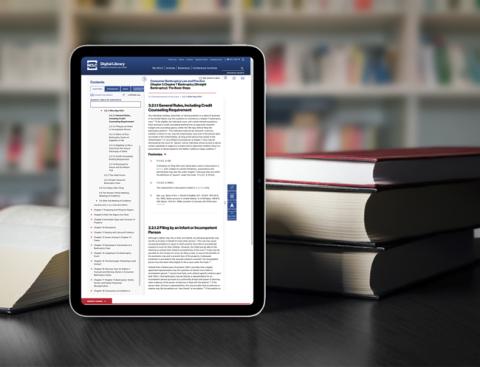
5,000 Practice Aids Free on the NCLC Digital Library
The NCLC Digital Library contains a lot more than just subscription content. The Library makes free to the public over 5,000 practice aids plus, for members of the consumer law community, another 2,300 videos and speaker written submissions from past NCLC/NACA conferences. All this material can be downloaded and is fully searchable. This article provides ten tips to make the most from these free resources—how to locate and best utilize the practice aids.
FDCPA Litigation Using New Reg. F: Pleading Tips & Recently Alleged Violations
This article provides ten pleading tips when bringing Fair Debt Collection Practices Act claims based on the new requirements found in CFPB Regulation F. The article then surveys recent federal court complaints alleging Regulation F violations as indicative of the violation patterns emerging in the six months since the Regulation’s effective date. The article links to the full text of complaints illustrating the types of violations being alleged.
